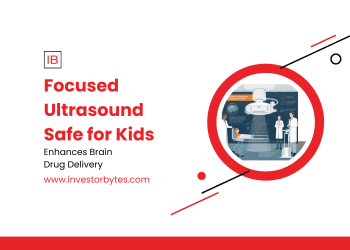Chronic traumatic encephalopathy (CTE)—the degenerative brain disease afflicting athletes and veterans—originates not solely from repeated head impacts but a vicious inflammation-DNA damage spiral akin to Alzheimer’s, as a groundbreaking October 30, 2025, Science study from Harvard Medical School, Boston Children’s Hospital, Mass General Brigham, and Boston University reveals, sequencing 1,000+ single prefrontal neurons from 15 CTE brains showing 20-30% more somatic mutations than controls. Led by geneticist Christopher Walsh, the research—using strand-aware duplex sequencing—uncovered accelerated genomic alterations in CTE cortices, mirroring Alzheimer’s tau tangles and microglial overactivation impairing DNA repair, with mutations clustering at sulcal depths, the impact epicenters where CTE pathology first emerges. Walsh noted: “Mature neurons accumulate 10-15 variants annually; blows prime microglia to shred DNA via cytokines, fostering tau hyperphosphorylation and TDP-43 inclusions years post-trauma,” explaining symptom variability like impulsivity and memory loss.
Inflammation’s primacy: primed microglia—post-impacts—release excitotoxic glutamate oligomerizing tau, generating reactive oxygen shredding strands, with CTE neurons exhibiting 40% higher loads than repetitive head impact (RHI) cases without pathology, per single-cell whole-genome sequencing. Parallels to Alzheimer’s abound: both show deletions/translocations and vascular leaks from astroglial aquaporin-4 polarization, slashing glymphatic clearance 50% and impairing ubiquitin-proteasome, per BU’s VA-BU-CLF bank. TMEM106B variants exacerbate, predicting severity in 86 athletes, while BU’s September 2025 young-athlete study flags pre-CTE neuron loss/inflammation sans full pathology, suggesting degeneration begins early.
Mechanisms cascade: impacts shear microtubules, priming excitotoxicity and microglial “destructive mode” failure, amplifying neurodegeneration—86% athletes with CTE show inflammation, per 2018 BUSM. StatPearls’ October update ties to proteasome disruptions, with 2023 BMC Medical Genomics noting gene shifts. Therapeutic frontiers: anti-inflammatories could halve mutations, mirroring Alzheimer’s biologics, while BU eyes biomarkers for antemortem detection.
Confounders persist: BMJ’s November review cautions biases, urging sibling studies. As 2026 interventions ramp—VA-BU’s $50 million push—this inflammatory-DNA nexus—40% athlete hikes—redefines trauma’s toll: blows catalyze genomic erosion, demanding shields in sport’s unyielding grind where origins aren’t impacts—they’re immune infernos.








